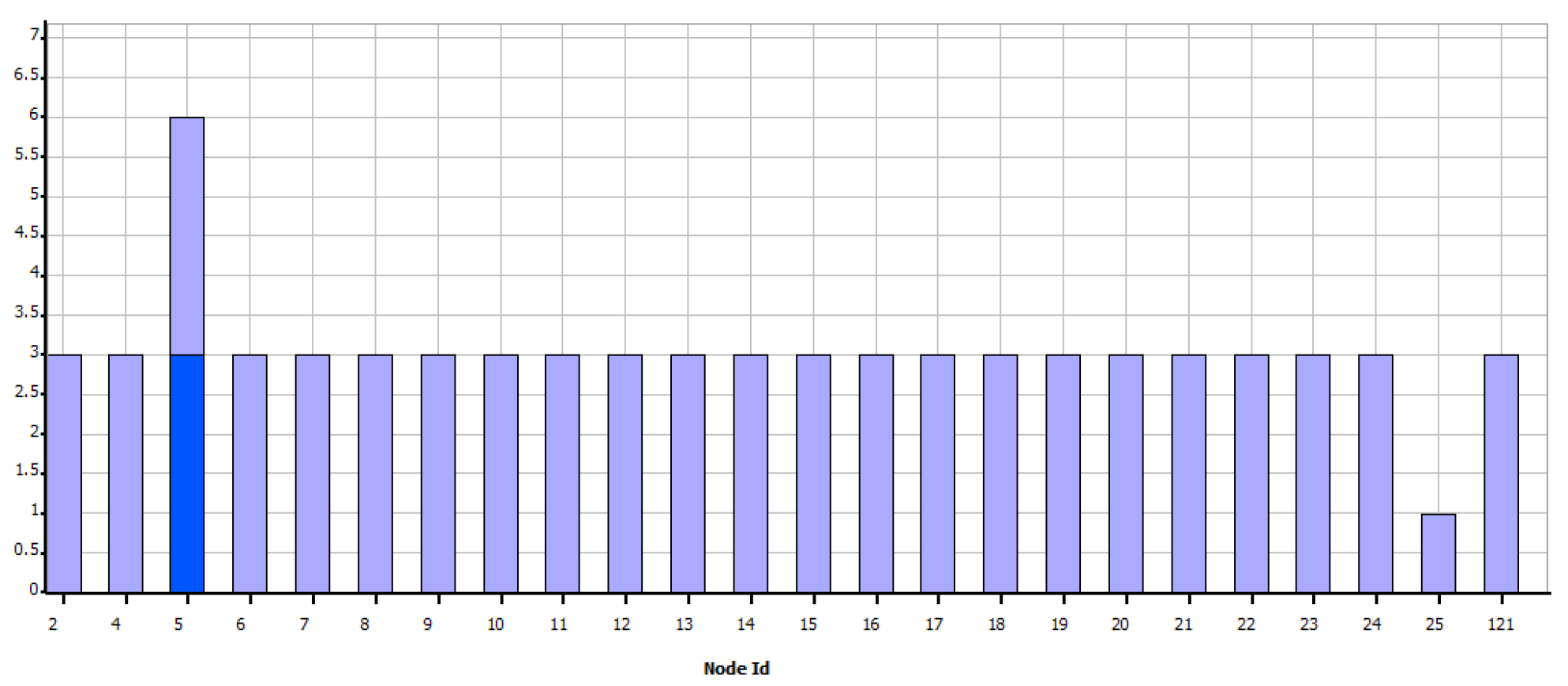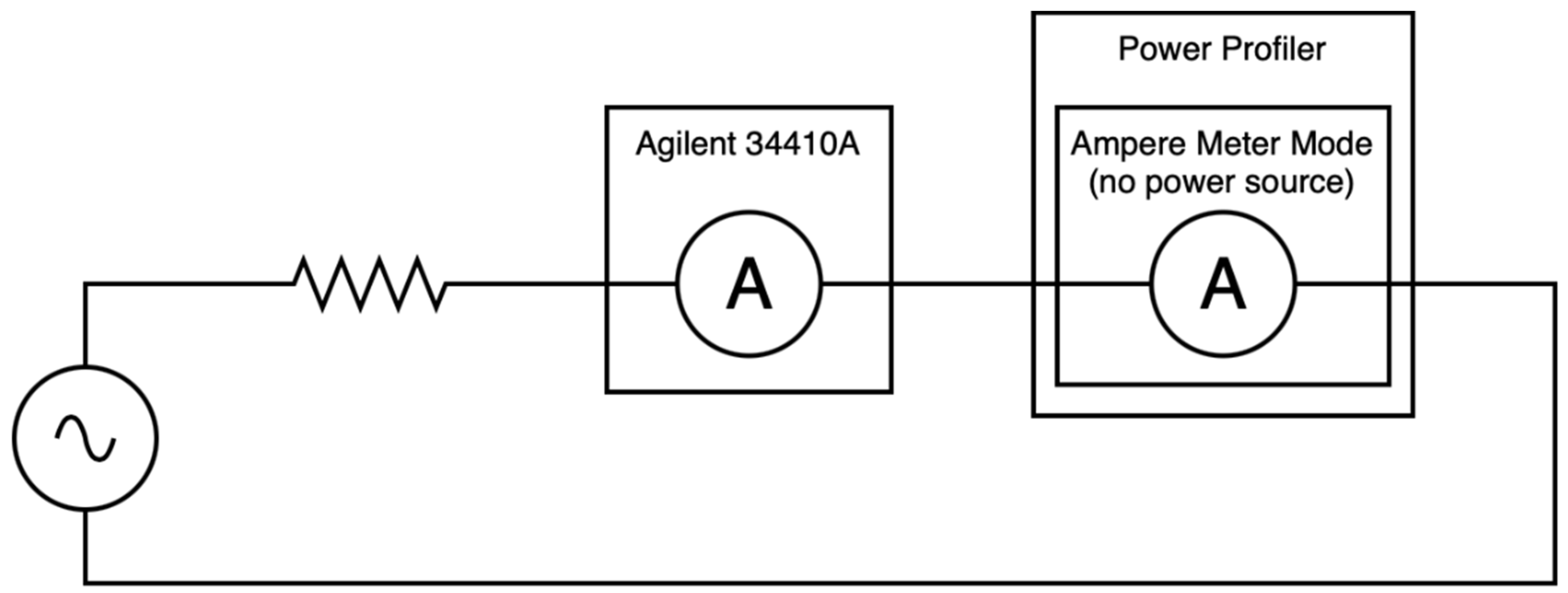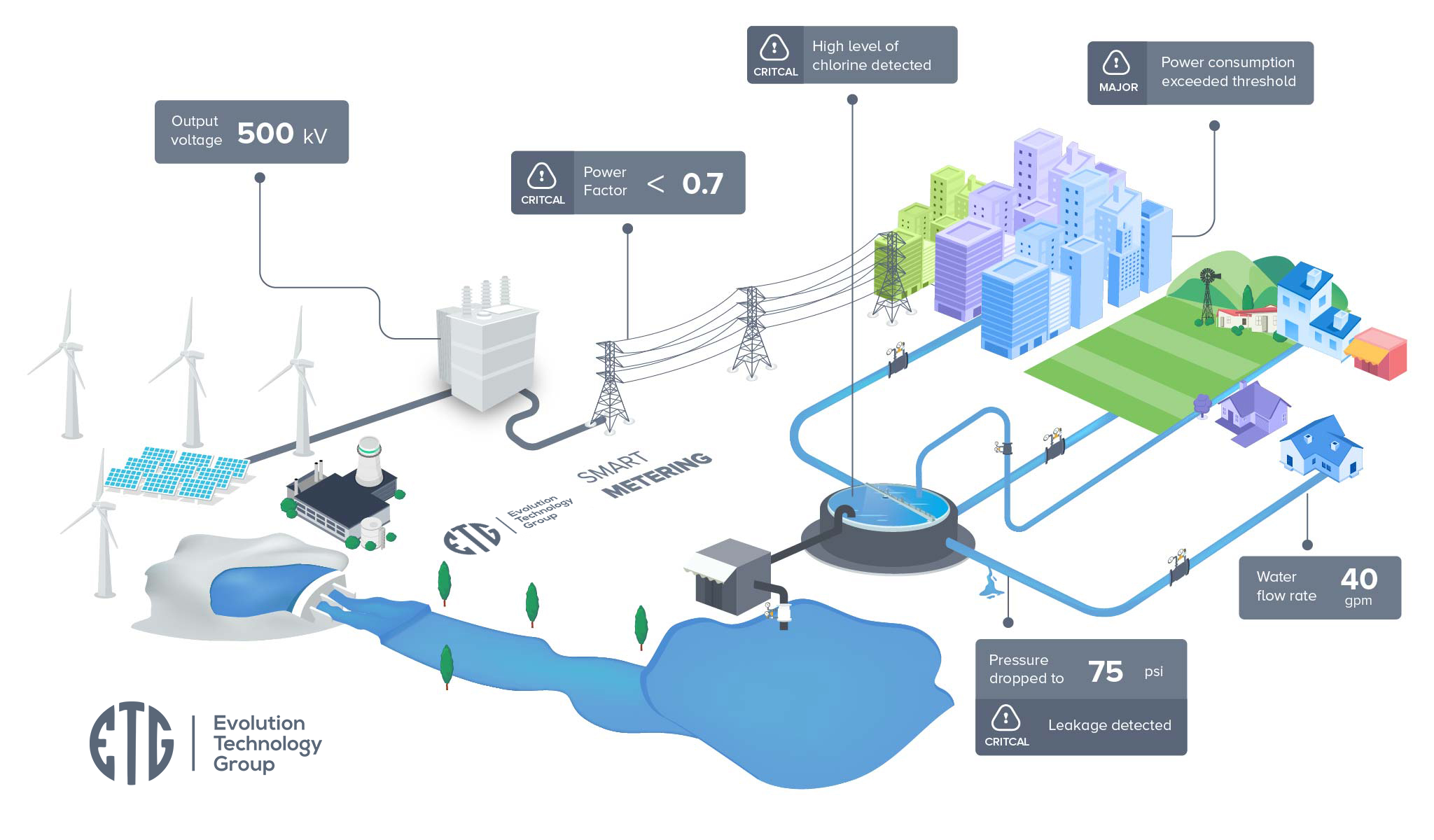Breaking barriers in smart metering with Wi-Fi HaLow: Imagine a world where smart meters effortlessly communicate across vast distances, even through dense urban landscapes or sprawling rural areas. This is the promise of Wi-Fi HaLow, a low-power, long-range wireless technology revolutionizing how we monitor and manage energy consumption. This article dives into how Wi-Fi HaLow tackles the challenges of traditional smart metering, offering a compelling solution for increased efficiency, reliability, and cost-effectiveness.
Wi-Fi HaLow’s extended range and superior penetration capabilities overcome the limitations of shorter-range technologies like Zigbee and Z-Wave, especially in areas with challenging terrain or dense building structures. Its low power consumption translates to longer battery life for smart meters, minimizing maintenance needs and operational costs. Furthermore, robust security protocols ensure the integrity and confidentiality of the data transmitted, addressing crucial concerns in a data-sensitive environment.
We’ll explore these benefits in detail, examining the technical specifications, security considerations, and the overall cost-effectiveness of adopting Wi-Fi HaLow for smart metering deployments.
Wi-Fi HaLow in Smart Metering: A Comprehensive Overview: Breaking Barriers In Smart Metering With Wi-Fi HaLow
Smart metering is revolutionizing energy management, and the choice of communication technology is crucial for successful deployment. Wi-Fi HaLow, with its unique capabilities, is emerging as a strong contender, offering solutions to many challenges faced by traditional smart metering infrastructures. This article delves into the advantages, challenges, and future potential of Wi-Fi HaLow in the context of smart metering.
Introduction to Wi-Fi HaLow in Smart Metering
Wi-Fi HaLow, operating in the 900 MHz band, provides several advantages over other communication protocols for smart meter deployments. Its long range, low power consumption, and robust penetration capabilities address key limitations of technologies like Zigbee and Z-Wave, particularly in challenging environments.
Traditional smart metering often struggles with limited range, high power consumption leading to frequent battery replacements, and security vulnerabilities. Wi-Fi HaLow mitigates these issues through its extended range, low-power design, and inherent security features.
Key features of Wi-Fi HaLow relevant to smart metering include its low-power operation, long range (up to 1km in open space), ability to penetrate walls and other obstacles, and support for multiple simultaneous connections. It operates in the unlicensed 900 MHz band, offering global availability and reduced regulatory hurdles.
| Feature | Wi-Fi HaLow | Zigbee | Z-Wave | Cellular |
|---|---|---|---|---|
| Range | Up to 1 km | Up to 100 m | Up to 30 m | Variable, depends on network |
| Power Consumption | Very Low | Low | Low | Moderate to High |
| Penetration | Good | Poor | Poor | Good |
| Cost | Moderate | Low | Moderate | High |
| Security | Good (with proper implementation) | Good (with proper implementation) | Good (with proper implementation) | Excellent |
Addressing Range and Penetration Issues
Wi-Fi HaLow’s extended range and superior penetration capabilities are particularly beneficial in rural or densely populated areas where line-of-sight communication is often obstructed. This results in improved network coverage and reliability compared to shorter-range technologies.
Wi-Fi HaLow’s low-power, long-range capabilities are revolutionizing smart metering, reaching remote areas previously unreachable. It’s a big leap forward, much like the impact OG Maco had on the music scene, as sadly confirmed by the news that Atlanta rapper OG Maco dies at 32, family confirms. This technological advancement in smart metering, however, offers a bright future for efficient energy management.
A hypothetical smart meter network deployment scenario in a rural area with many hills and forests illustrates the advantages of Wi-Fi HaLow:
- Scenario: A utility company needs to deploy smart meters across a large, geographically dispersed rural area with challenging terrain.
- Wi-Fi HaLow Solution: A network of Wi-Fi HaLow access points strategically placed on elevated locations provides reliable coverage across the entire area, minimizing the need for numerous, closely spaced access points.
- Comparison: Using Zigbee or Z-Wave would require a much denser network of access points, significantly increasing costs and complexity.
- Outcome: Wi-Fi HaLow delivers reliable communication even in areas with poor line-of-sight, ensuring consistent data collection and reducing operational costs.
Power Consumption and Battery Life, Breaking barriers in smart metering with Wi-Fi HaLow

Wi-Fi HaLow’s power consumption is significantly lower than cellular technologies and comparable to Zigbee and Z-Wave. This low power consumption translates directly into extended battery life for smart meters, reducing the frequency of battery replacements and associated maintenance costs.
Different network configurations and data transmission rates impact power consumption. Lower data rates and less frequent transmissions reduce power consumption, extending battery life. However, optimizing this balance requires careful consideration of data needs and network design.
Security Considerations in Wi-Fi HaLow Smart Metering
While Wi-Fi HaLow offers robust security features, potential vulnerabilities must be addressed through proper implementation. These include unauthorized access, data breaches, and denial-of-service attacks.
A secure architecture for a Wi-Fi HaLow-based smart metering system should incorporate the following:
- Strong authentication mechanisms, such as mutual authentication with digital certificates.
- End-to-end encryption of all data transmitted between smart meters and the network.
- Access control mechanisms to restrict access to sensitive data based on user roles and permissions.
- Regular software updates to address any newly discovered vulnerabilities.
- Intrusion detection and prevention systems to monitor network traffic for suspicious activity.
Cost-Effectiveness and Scalability

Wi-Fi HaLow’s cost-effectiveness stems from its ability to cover large areas with fewer access points compared to shorter-range technologies. This reduces infrastructure costs and simplifies deployment. The technology’s scalability allows it to accommodate a growing number of smart meters and increasing data traffic without significant performance degradation.
Several successful Wi-Fi HaLow deployments in smart metering projects demonstrate its cost benefits and scalability. For example, a large-scale deployment in a rural region in [mention a region or country, if possible, with a credible example] significantly reduced infrastructure costs compared to alternative solutions. The system’s ability to handle an increasing number of smart meters without performance issues has further solidified its position as a viable option.
Interoperability and Standardization
Interoperability and standardization are crucial for seamless communication between smart meters from different vendors. Wi-Fi HaLow’s adherence to established Wi-Fi standards contributes significantly to interoperability. The use of common protocols and data formats ensures that devices from different manufacturers can communicate effectively.
Several initiatives promote Wi-Fi HaLow interoperability in smart metering. These initiatives focus on defining common data formats and communication protocols, facilitating the development of interoperable systems. Challenges related to interoperability can be addressed through rigorous testing and certification programs, ensuring that all Wi-Fi HaLow-enabled smart meters meet specific interoperability standards.
Future Trends and Innovations
Future developments in Wi-Fi HaLow technology may include improved power efficiency, enhanced security features, and increased data rates. Integration with AI and ML could enable advanced functionalities, such as predictive maintenance and optimized energy consumption.
Smart metering’s future is bright thanks to Wi-Fi HaLow, overcoming range limitations and boosting efficiency. It’s a game-changer, much like the political scene where, as reported in this article, Battin rejects ‘extreme’ slur, accuses Labor of running scared , things are certainly heating up. Ultimately, though, the focus remains on the benefits of Wi-Fi HaLow for creating a more connected and responsive energy grid.
A future smart city scenario might involve a network of Wi-Fi HaLow-enabled smart meters seamlessly integrated with other smart city infrastructure, such as traffic management systems, environmental monitoring sensors, and public safety networks. Data from smart meters could be used to optimize energy distribution, predict peak demand, and improve overall city efficiency. This interconnected system, powered by Wi-Fi HaLow’s reliable and long-range communication, would contribute to a more sustainable and efficient urban environment.
The visual representation would depict a city map showing various smart city components interconnected via a Wi-Fi HaLow network, with data flows visualized as lines connecting the various elements. Smart meters are shown integrated into buildings, while other smart city infrastructure is shown in various locations throughout the city. The overall effect is one of a highly connected and efficiently managed urban environment.
Final Wrap-Up

Wi-Fi HaLow presents a compelling solution to the challenges plaguing traditional smart metering infrastructure. Its long range, low power consumption, and robust security features pave the way for more efficient, reliable, and cost-effective energy management. By addressing issues of range, penetration, power consumption, and security, Wi-Fi HaLow empowers utilities to build scalable and interoperable smart metering networks that can adapt to future technological advancements and the ever-growing demands of a smart city.
Wi-Fi HaLow’s long range and low power consumption are breaking barriers in smart metering, enabling wider deployments and lower costs. It’s a game-changer, much like the Navy’s thrilling victory in the Armed Forces Bowl, as seen here: Navy Wins Armed Forces Bowl 21-20 Over Oklahoma. This kind of reliable, long-distance connectivity is exactly what smart metering needs to truly take off and improve energy efficiency across the board.
The future of smart metering is here, and it’s powered by the innovation of Wi-Fi HaLow.
Top FAQs
What is the typical range of Wi-Fi HaLow?
Wi-Fi HaLow boasts a significantly longer range than other short-range technologies, typically reaching up to 1 kilometer in open spaces, and offering good performance even in challenging environments.
How secure is Wi-Fi HaLow for smart meter data?
Wi-Fi HaLow incorporates strong security features, including encryption and authentication protocols, to protect against unauthorized access and data breaches. Proper implementation of these security measures is crucial.
What are the main differences between Wi-Fi HaLow and other smart meter communication technologies (e.g., cellular)?
Key differences include power consumption (Wi-Fi HaLow is significantly lower), range (Wi-Fi HaLow excels in long-range applications), and cost (Wi-Fi HaLow can be more cost-effective for large-scale deployments). Cellular offers wider coverage but typically consumes more power.
Is Wi-Fi HaLow compatible with existing smart meter infrastructure?
Compatibility depends on the specific implementation. While interoperability is a goal, ensuring compatibility requires careful planning and consideration of existing systems and standards.